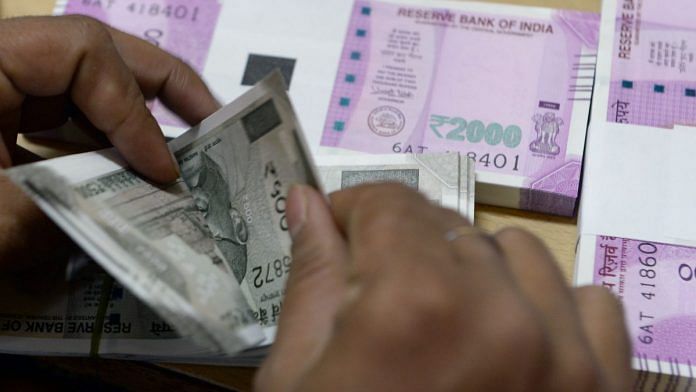New Delhi: India’s battle against the world’s worst bad-loan ratio is being stalled by some unforeseen parties: regulators and federal investigators.
A spate of legal challenges mounted by the country’s markets regulator, anti-money-laundering agency and its tax department accentuate conflicts between bankruptcy law and other regulations that pre-date them. In many cases, the court battles being fought by these agencies to hang on to powers to seize and sell assets of those violating their rules are derailing a 270-day resolution deadline set by the insolvency law.
Time-bound resolutions under bankruptcy law are the key to cleaning up $190 billion stressed loans quickly, helping banks dodge higher provisions attached to missing resolution timelines. Any judicial rulings against the law in cases fought by regulators may further constrain the battle against bad loans and hinder Prime Minister Narendra Modi’s efforts to boost the nation’s economy.
“These cases are only adding to the delays because jurisdictional battles entail a multiplicity of proceedings and delay in resolutions,” said Chitranshul Sinha, a partner at Dua Associates, who focuses on bankruptcy laws. Drawn-out resolutions are “becoming a rule rather than an exception.”
Here are some instances of government agencies’ tussles with the process.
-
-
Securities & Exchange Board of India
- The markets regulator moved the Supreme Court in June demanding that securities law must prevail over the insolvency rules.
- The case was about seized assets of HBN Dairies and Allied Ltd., which SEBI said violated norms for raising funds from the market. The regulator attached properties of the company, that was in the bankruptcy process, to raise money for refunds to investors.
- The top court initially halted the process, but a week later allowed it to continue without using the properties seized by SEBI. The court will decide in July.
- SEBI didn’t respond to emails seeking comment.
- The markets regulator moved the Supreme Court in June demanding that securities law must prevail over the insolvency rules.
-
-
Enforcement Directorate
- The federal anti-money laundering agency moved an appeals court in June challenging a bankruptcy court’s order asking the agency to release seized land and properties of Sterling SEZ & Infrastructure Ltd.
- The confiscations came as the wider group faced multiple probes for loan frauds worth 81 billion rupees ($1.17 billion) and its founder fled the country, according to the agency’s submissions to the bankruptcy tribunal.
- The appeals court agreed to hear the directorate’s petition and put on hold the bankruptcy tribunal’s February order that allowed using frozen assets to clear dues to creditors.
- The enforcement directorate’s spokesman said a Delhi high court ruling made it clear that insolvency law can’t overrule anti-money laundering law.
- The federal anti-money laundering agency moved an appeals court in June challenging a bankruptcy court’s order asking the agency to release seized land and properties of Sterling SEZ & Infrastructure Ltd.
-
Tax Department
- In a June verdict, a bankruptcy appellate court allowed the sale of Ramsarup Industries Ltd. machinery under bankruptcy resolution, rejecting a customs department challenge.
- The tax department had seized the assets claiming pending dues, and the litigation has delayed resolution by over a year.
- Various arms of the tax department are also fighting cases where its claims for dues were rejected. In many instances, such as those involving Rainbow Paper Ltd., and Aryavart Chemicals Pvt. Ltd., implementing resolution plans depends on the bankruptcy appeals court’s final decision.
- Representatives for the tax department didn’t reply to requests for comment.
- In a June verdict, a bankruptcy appellate court allowed the sale of Ramsarup Industries Ltd. machinery under bankruptcy resolution, rejecting a customs department challenge.
India’s efforts to recover soured loans hinge on the effectiveness of the insolvency process. So far, lenders have recovered the equivalent of about $11 billion, or about 43%, of the $25 billion in dues admitted by courts, according to a Crisil report.
Otherwise, the rows are set to continue as companies with governance and compliance weaknesses often walk into financial difficulties and later bankruptcy courts. “It is a complex problem with a heady mix of governance and insolvency,” and needs to be resolved for once and all, said Cyril Shroff, the managing partner at law firm Cyril Amarchand Mangaldas.- Bloomberg
Also read: SEBI bans mutual funds from signing pacts with stressed companies






